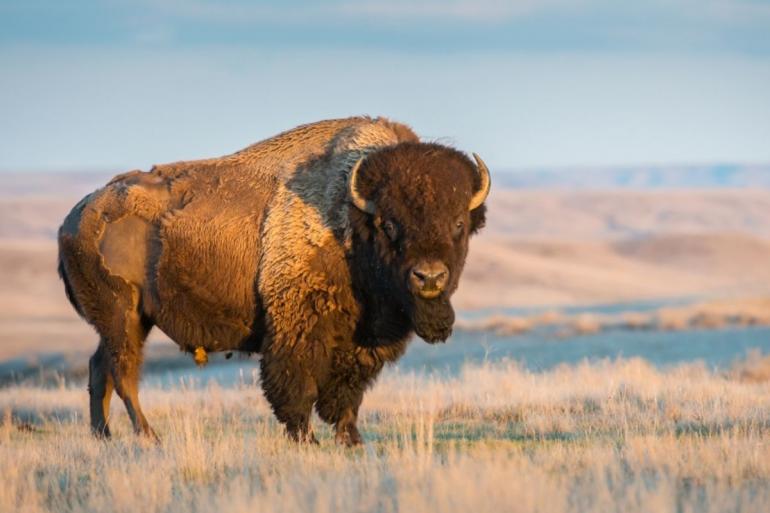
In Chapter 55 of Moby Dick, the narrator Ishmael complains that most early paintings of whales were highly inaccurate, even silly. He then admits that, "these manifold mistakes in depicting the whale are not so very surprising after all. Consider! Though elephants have stood for their full-lengths, the living Leviathan has never yet fairly floated himself for his portrait."
Early European representations of the North American bison had a similar problem. The artists producing the images had never been within five thousand miles of a bison and were only drawing them from (sometimes suspect) witness reports. The results were sometimes even... frightening.
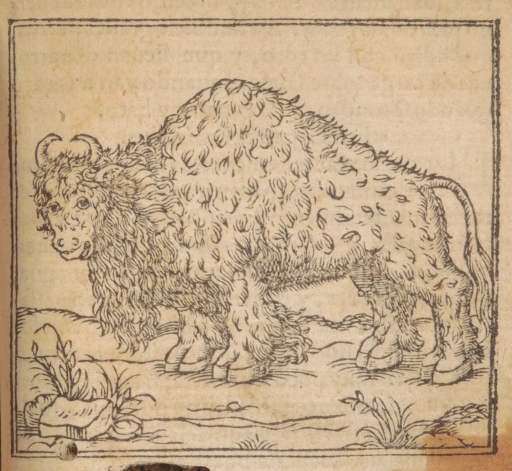
One of the earliest attempts to depict the animal described in the New World appears in Francisco Lopez de Gomara's La Historia general de Las Indias in 1554. The result has some recognizable bison traits, like the creatures hump, but also somewhat resembles something Jim Henson might have created.

This 1792 illustration entitled "The Buffallo" appeared in Massachusetts Magazine. Though on the same continent as actual bison, the artist has given the bison the face of a benign monkey face. It is hard to imagine the author did so based on actual sightings, but maybe he was the victim of a prank.
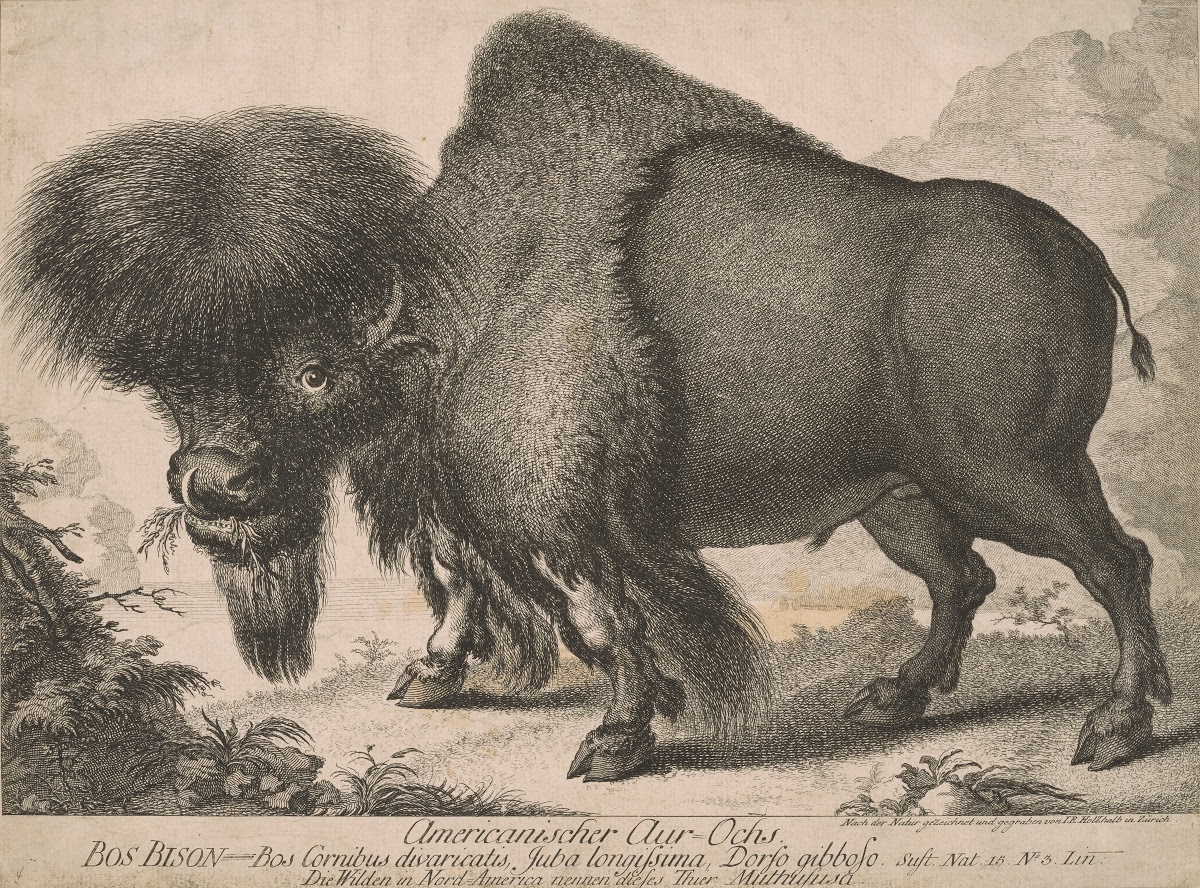
This 1790 bison by Johann Rudolf Holzhalb might strain belief for his wild haircut, but, as author Larry Barsness notes, "This same head of hair was worn by a buffalo sold at auction at Missoula, Montana, in the 1970s."

George Catlin had the advantage of actually having seen the North American bison when he painted them, but they still have a faint bit of of a face. Perhaps it is just that Catlin's figures are expressive and idealized.
Today, of course, the entire world knows what the North American Bison looks like. But for the Europeans of yesteryear, they were a fanciful and mysterious beast not unlike rumors of sea monsters, dragons and giants: something that they could only imagine.
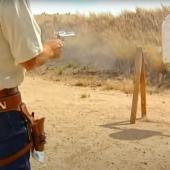
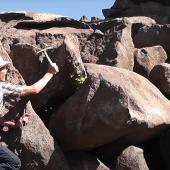


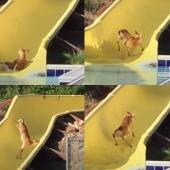
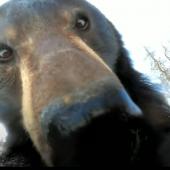
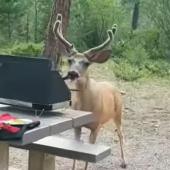

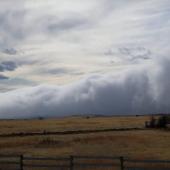
Leave a Comment Here